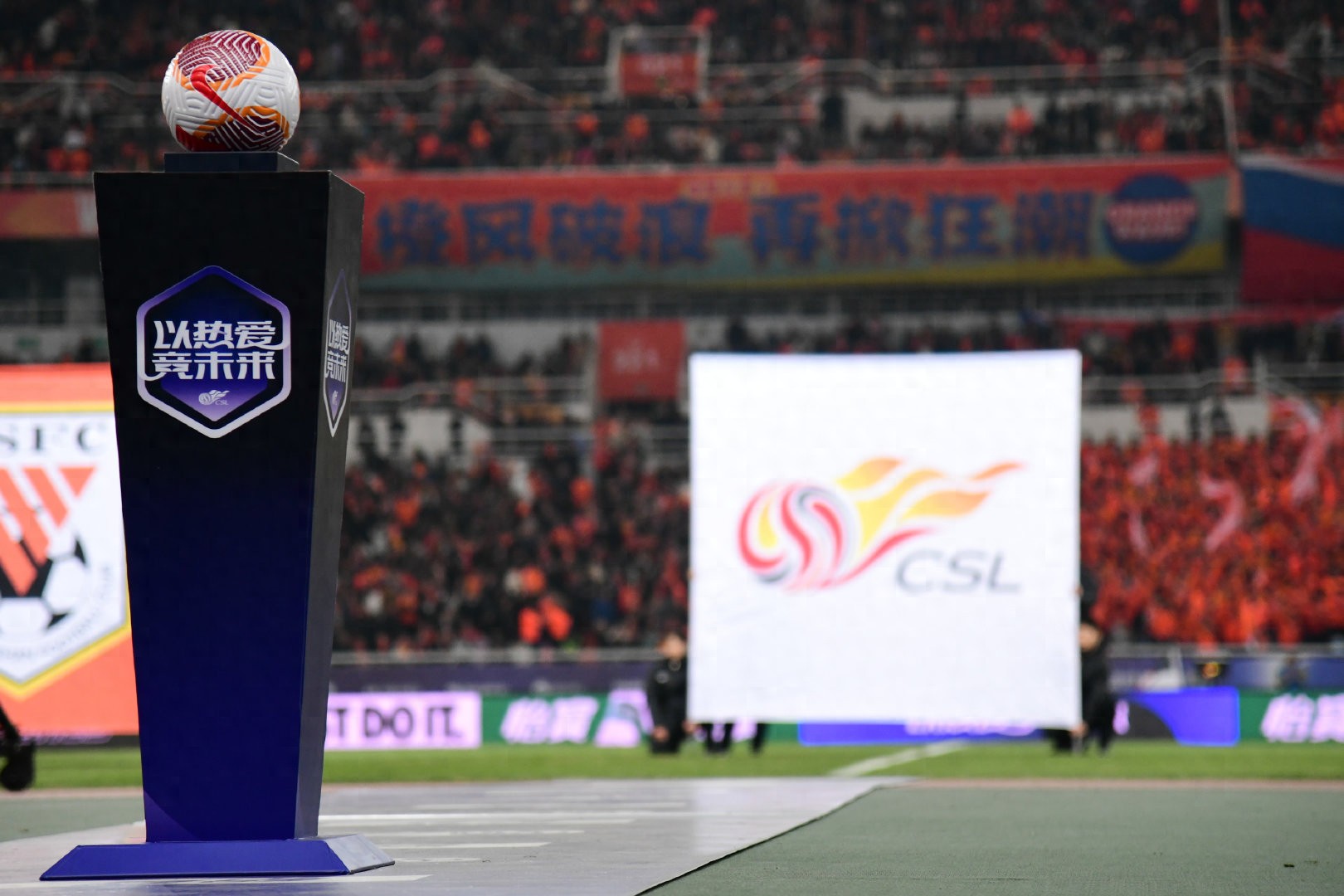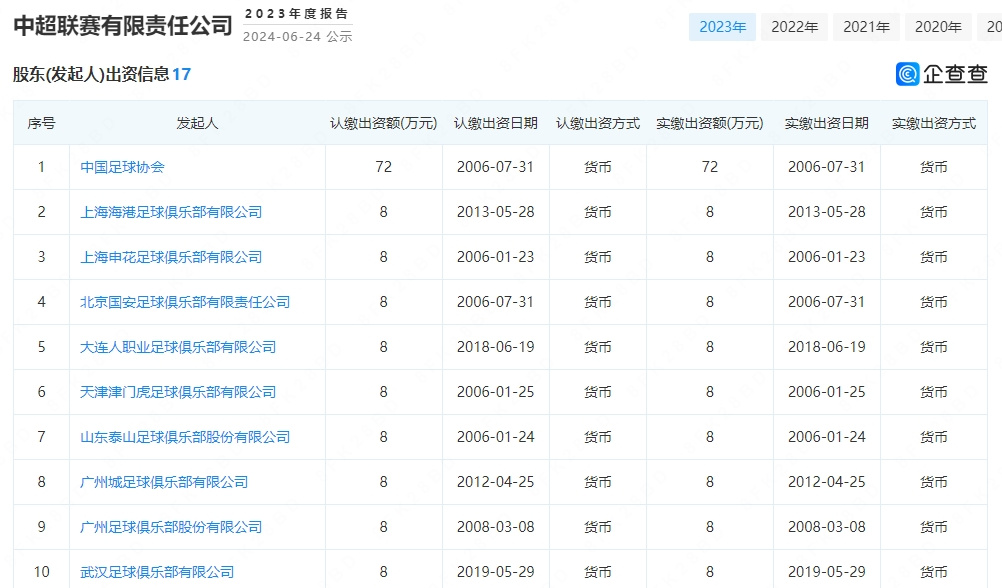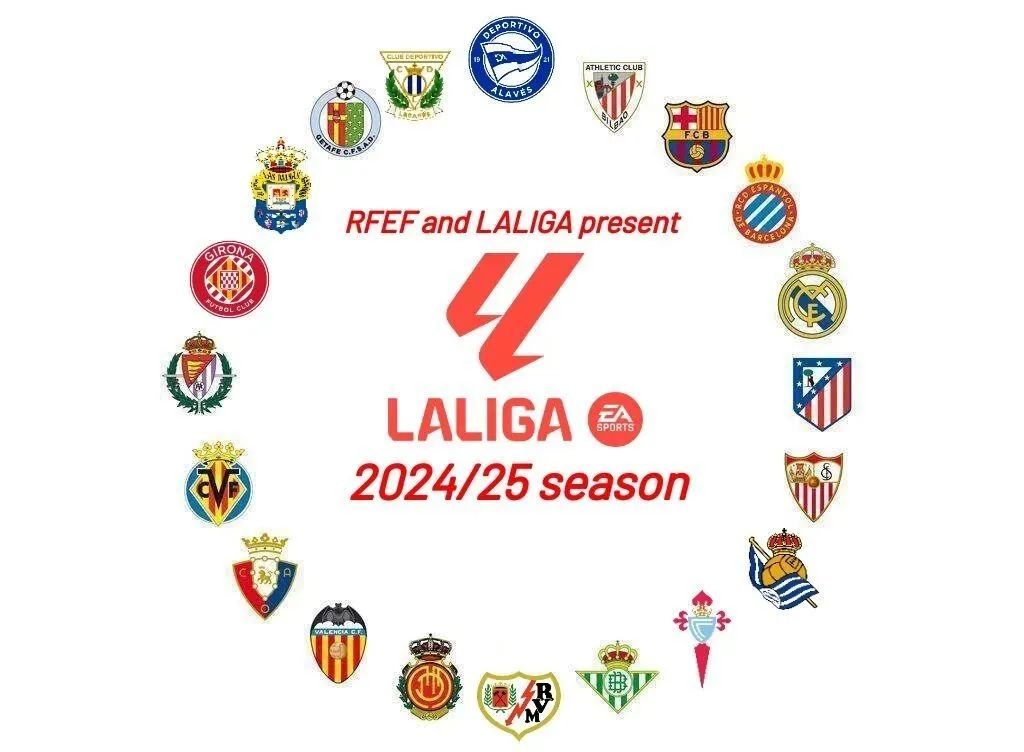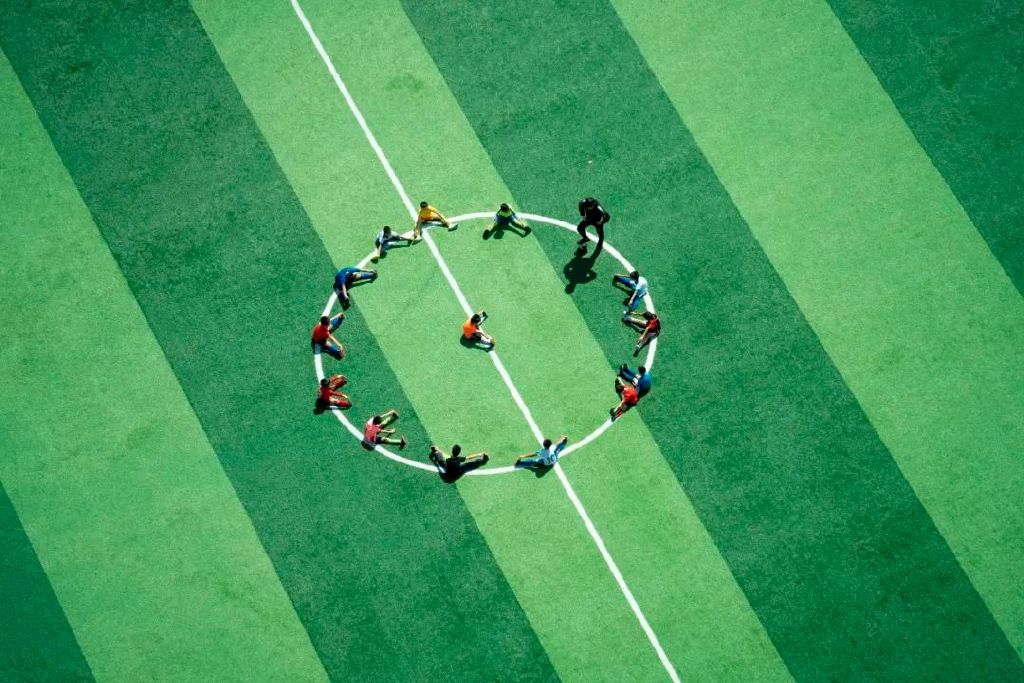The proportion of the Football Association's shareholding in the professional league far exceeds the international practice, so that profits can "raise chickens and take eggs"

The reporter reported coldly The previous management of professional football in China was not separated, largely due to the fact that the functions of the organization were similar to those of the professional leagues. The Chinese Super League was established in early 2005, and the concept of separation of management and management is essentially to emulate the Premier League, but unlike the Premier League companies, the Chinese Football Association has a whopping 36% stake in the Super League, and the 16 clubs in the Chinese Super League each hold 4% of the shares.
This means that the Chinese Football Association can get 36% of the commercial income from the Chinese Super League's copyright, league sponsors, club jersey equipment suppliers and other income. From the top five European leagues to the neighboring Japanese and Korean leagues, the football associations of the host countries share the copyright and commercial income of the professional leagues far below this ratio. As early as 2019, the Chinese Football Association announced that it would give up its stake in the Chinese Super League company and benefit the club, but unfortunately it has not been implemented so far.
The establishment of the Chinese Football Federation has allowed the Chinese Football Association to break away from the Chinese Super League, and it has also given hope to the maximization of the commercial income of the Chinese Super League and clubs.

International practice, accounting for about 5%.
From Europe's top five leagues to the J-League, national football associations and professional leagues have long been separated. While these associations still have a presence in the professional leagues, the main source of income for the associations comes from the royalties, tournament operations and commercial operations of the national teams at all levels. These associations also receive a percentage of the revenue from the professional leagues, but the proportion is much lower than the 36% of the Chinese Football Association's Super League companies, which is usually around 5%.
The FA's revenue mainly comes from the copyright, matchday operation, commercial income of the national teams at all levels and the income related to the FA Cup and amateur leagues hosted, of which the FA Cup copyright income negotiation is jointly carried out by the Premier League and the FA, with the FA accounting for 5%. At the same time, 15% of the Premier League's royalty revenue will be allocated to the three levels of professional leagues in the Championship, League One and League Two, with a smaller proportion "subsidised" to the amateur leagues.
The other four major European leagues have a similar share of the professional leagues' revenues to the FA. For example, in the Spanish league, 9% of the copyright income of La Liga and La B should be divided, of which 3% will be paid to the Spanish High Council of Sports, which will be used to subsidize the development of other unpopular sports; The Spanish Football Federation has only 2 per cent, 2.5 per cent to the professional league relegation aid fund, 1 per cent to the administrative costs of the Spanish professional league, and 0.5 per cent to the professional players' union. In fact, only a total of 5% of the royalties allocated to the Spanish Superior Council of Sport and the Spanish Football Federation are not part of the professional league.

In order to increase revenue, the Spanish Football Federation had to expand the Super Cup final team to 4 teams and place them in Saudi Arabia, charging Saudi Arabia 40 million euros a year for hosting fees, of which 19 million euros were allocated to the participating teams, and 21 million were used by the Spanish Football Federation for the development of the national team and amateur football. The Italian Football Federation has done a similar thing to the Spanish Football Federation, also expanding the Italian Super Cup final to four teams, and also holding it in Saudi Arabia to raise funds. In addition, the Italian Football Federation derives the vast majority of its income from the national team's copyrights, match days, commercial income and tournament prize money.
As for the neighboring Japan Football Association, its main income is not only the income from the Emperor's Cup hosted by the national team and the Football Association, but also various registration fees. The Japan Football Association (JFA) receives only 3% of the J-League's box office revenue per game.
Judging from the revenue share of football associations and professional leagues around the world, it generally does not exceed 5%. In contrast, the Chinese Football Association's 36% stake in the Chinese Super League is on the high side. The Chinese Football Association's shareholding in the Chinese Super League is too high, which to a certain extent reduces the dividends received by the Chinese Super League clubs. In the Golden Yuan era of the Chinese Super League, although the club's single-season dividends were more than 60 million, the cost of recruiting at that time was often more than one billion, and these dividends were like a drop in the bucket. Now that the overall operation of the Chinese Super League clubs is at a low ebb, the Chinese Football Association's excessively high proportion of commercial revenue share has a more intuitive impact on the clubs, and it also needs to be improved. Referring to the European League, it may be too low to reduce the relevant share to 5%, but 36% is obviously too high, and it is necessary to find a more reasonable ratio so that the three leagues covered by the Chinese Football Federation have reasonable returns.

Let it be good for leagues and clubs, and raise chickens and eggs
Whether the 36% shareholding ratio of the Chinese Football Association in the Chinese Super League should be reduced to about 5% of the international standard also requires the Chinese Football Federation to give a reasonable plan in combination with the actual situation of Chinese football. The commercial income of the Chinese Super League is not high, with copyright income of 150 million per year, naming fees of 120 million, and the total income of a season will not exceed 400 million if other sponsor income is included. Excluding costs and taxes, with the current dividend ratio, each Super League club can get about 10 million, if the Chinese Football Association fulfills its previous commitment, no dividends or the dividend ratio is reduced to about 5%, then each Super League club can be about 5 million more.
After the separation of management and management, the Chinese Football Association will basically withdraw from the management of professional leagues, focusing only on national teams at all levels, FA Cup, youth training and amateur leagues. Although the results of the national team in recent years have not been ideal, the commercial value of the Chinese team is not low. During the Golden Yuan era of the Chinese Super League, the sponsorship income of the Chinese team was close to 600 million at its peak. Even if Chinese football has fallen into a trough in recent years, the equipment sponsorship of the national team still has an annual income of 100 million, and the rapid development of women's football in recent years has attracted more than 17 sponsors, with a total of nearly 100 million sponsor income, plus the FA Cup and other amateur events, the Chinese Football Association only sponsorship income is close to 300 million, not counting the copyright income of the national teams at all levels and the box office income of the international break, therefore, even if you leave the Chinese Super League, the proportion of shares has dropped sharply to 5% of the international standard, The Chinese Football Association can still have a lot of income to support national teams, youth training and grassroots football in all age groups.
After the establishment of the Chinese Football Federation, in addition to reducing the 36% stake in the Chinese Super League, the Chinese Football Association should also give up the commercial development and billboard-led development rights of the professional league, so that the separation of management and management can be truly implemented. The Chinese Football Association is also beneficial to professional leagues and clubs, which is reasonable, after all, "raising chickens and eggs" is more sustainable.
The Chinese Football Federation, like the Chinese Football Association, will collectively package and sell the copyright and sponsors of the Chinese Super League, but such a collective package of commercial income, no longer has the problem of not dividing the management in the past, and can really benefit the league and clubs, in contrast, at least the club's commercial dividends per season will increase by nearly 50% on average. The club has more enthusiasm for the commercial negotiation of the professional league, and the commercial income of the professional league can be increased in the future, and it will also give a certain proportion of feedback to the national team, the FA Cup, youth training and grassroots football under the supervision of the Chinese Football Association, forming a virtuous circle between the Football Association and the professional league.



Wonderfulshortvideo
User PlaymakerHub has posted a video.








 Links
Links
 Contact
Contact
 App
App


